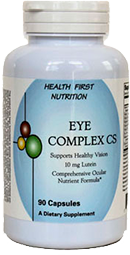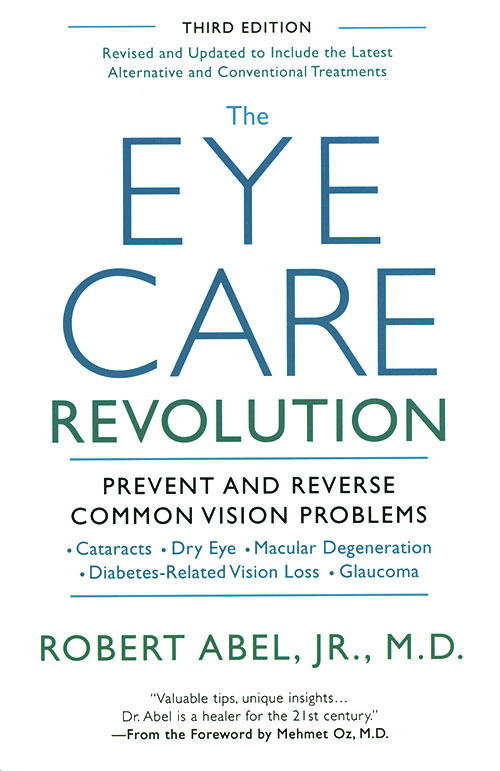Computer Vision Syndrome
Computer vision syndrome is not new but is becoming more prevalent with the proliferation of and reliance on technology and screens. My advice remains the same. Practice good ergonomics, reduce peripheral glare, use proper lighting to avoid fatigue, wear corrective glasses if necessary and take breaks. Blink frequently, use eye drops, stretch out, rub your neck and shoulders and drink lots of water – all of which will encourage more breaks.
Those stress knots at the back of the neck result from tension and how we position our heads throughout the day. Often computer screens are positioned too low on the desk forcing us to look down. Make sure to raise those screens so that you are looking straight ahead and your neck is relaxed. A 60-second neck massage is an excellent way to stop sharp eye pains, headaches and even eliminating a trigger for migraines.
The U.S. is experiencing an epidemic of nearsightedness as a result of the amount of close work people perform in their professional and personal lives. Eye movements are parallel. However when we are focusing on near objects, such as a computer or phone, our eyes turn inward and increases the progression of nearsightedness. In the 1980’s, 25% of American children were nearsighted. In 2014, that figure rose to 42%. This increase in myopia is even greater in other parts of the world. Recent studies show that 61% of German high school graduates and 93% of Taiwanese are nearsighted.
With the amount of time spent on computers, tablets and cell phones, we can expect that the incidence of myopia and computer fatigue will continue to rise. I recommend that you take breaks every 30 minutes, blink frequently and even use artificial tears as a reminder. It is also important to raise that computer screen, posture yourself ergonomically, stretch and massage your neck.
There’s greater attention now to the blue light being emitted from electronic devices. These wavelengths produce glare, contribute to eye fatigue and interrupt melatonin production. In addition, these strong blue light waves are destructive to the macular cones. Therefore, I recommend wearing a blue light blocker in your glasses (yellow or amber tint, or a lens material called Prevencia) or put a blue blocking screen over your computer. Whether you decide to use one of these blockers or not, I recommend turning off your computer devices 1-2 hours before you decide to fall asleep.







